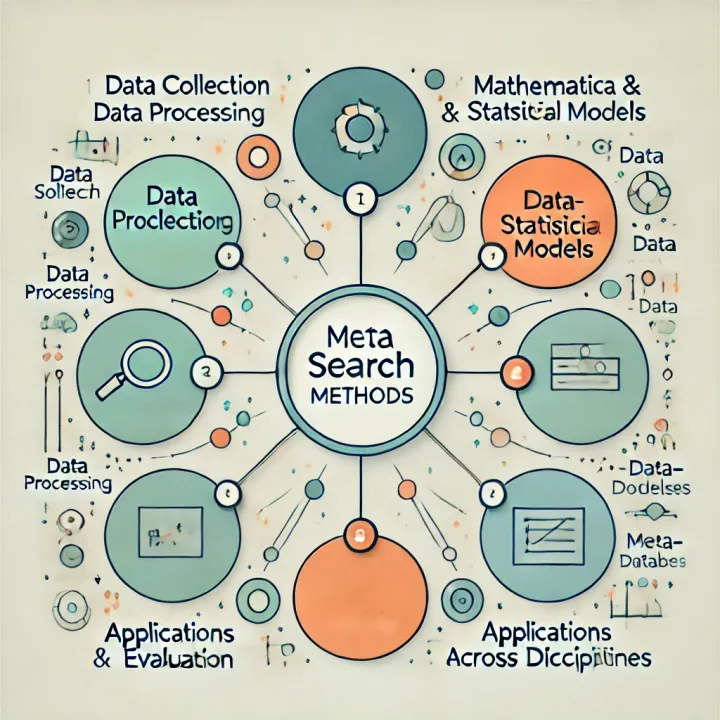Random-Effects Models: A More Realistic Approach

Why is a random-effects model generally considered more realistic than a fixed-effect model in meta-analysis?
Generally as common sense research experts and scientists agree that random-effects models are more realistic than fixed-effect models in most meta-analysis scenarios. This is primarily because random-effects models acknowledge the inherent variability in true effect sizes across different studies. Unlike fixed-effect models that assume a single, common effect size for all studies, random-effects models recognize that studies are rarely identical in their methodology, participant characteristics, interventions, and other factors that can influence outcomes.
Here's a breakdown of the reasons:
- Methodological and Substantive Heterogeneity: Studies included in a meta-analysis often exhibit a wide range of methodological and substantive differences. These differences can introduce variability in the true effect sizes being estimated. For example, studies might use different outcome measures, recruit participants from diverse populations, implement interventions with varying levels of fidelity, or have different risks of bias. A random-effects model accounts for this heterogeneity by assuming a distribution of true effect sizes, reflecting the inherent variability in the phenomenon under investigation.
- Generalizability to a Wider Universe of Studies: Meta-analyses often aim to generalize findings beyond the specific set of studies included in the analysis. The random-effects model, with its assumption that studies are sampled from a larger population of studies, provides a more robust framework for generalizing results to this broader universe. It acknowledges that the observed studies are just a subset of all possible studies on the topic, and the findings can be extrapolated to other comparable studies.
- Accounting for Unexplained Variability: Even after controlling for known moderator variables, there might still be unexplained variability in effect sizes. Random-effects models incorporate this unexplained variability into their estimation procedures, resulting in wider confidence intervals that better reflect the uncertainty surrounding the overall effect size. In contrast, fixed-effect models ignore unexplained variability, potentially leading to overly precise and misleading conclusions.
- Conceptual Alignment with Real-World Research: In real-world research, it is rare to find a perfectly homogeneous set of studies. Methodological and substantive variations are inherent to the research process, and assuming a single true effect size across all studies is often unrealistic. Random-effects models align better with this reality by acknowledging and incorporating this variability into their analyses.
While random-effects models are generally considered more realistic, there are situations where fixed-effect models might be more appropriate. These include cases where:
- Studies are Highly Similar: If the studies included in the meta-analysis are highly similar in terms of their methodology, participants, interventions, and outcomes, and can be considered replicates, a fixed-effect model might be justified.
- Limited Generalizability is Desired: In specific contexts, such as legal applications, researchers might only be interested in the combined effect size for the specific set of studies included in the analysis, without aiming for broader generalizations. In these cases, a fixed-effect model might be preferred.
Overall, Maverick's Cove emphasizes the importance of carefully considering the nature of the research question, the characteristics of the included studies, and the intended generalizability of the findings when choosing between fixed-effect and random-effects models. In most meta-analysis scenarios involving studies drawn from the literature, where methodological and substantive heterogeneity is expected, random-effects models provide a more realistic and robust approach to synthesizing research findings.




Comments ()